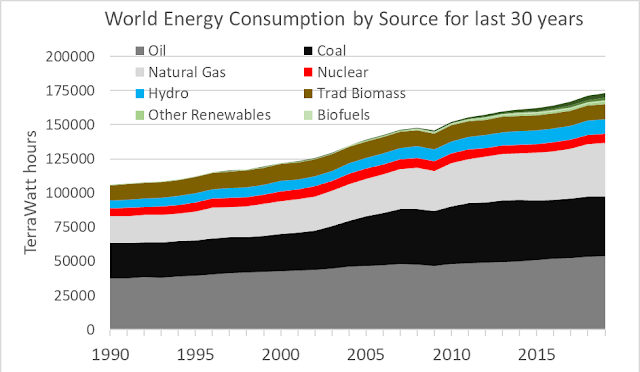December 20, 2022
One of the things that has earned the respect of most Americans through the decades is our military. Our armed forces have done wonderful things, like helping to save much of the world in World War II. It was able to do this because of the proper training of competent individuals.
Our military has been regarded as the best, most proficient and capable in the world. On the land and sea, and in the air, there were none better.
Recent developments now place those highly regarded forces in danger of being less ready and able to do their job of protecting America from its adversaries.
The men and women in the ranks are not the problem. They are well-trained and very competent, at least at the present time. The problem lies with much of the civilian and military leadership in the Pentagon and some officers in the services.
Non-military topics like diversity, equity and inclusion, and using the proper pronouns have crept into the thinking of some of the top brass.
The Department of Defense (DoD) has something called the Diversity and Inclusion Strategic Plan. The DoD explains that “diversity is a strategic imperative — critical to mission readiness and accomplishment.”
And, Defense Secretary Lloyd Austin has said that it must be a priority for our military “to look like America and not only in the ranks, but our leadership should look like America.”
“The new priority turns the Army into a social experiment at the cost of mission readiness,” said Robert M. Berg in National Review. “The new push within the DoD for diversity, equity, and inclusion goes well beyond measures to ensure equal opportunity and instead looks to create preferences that have nothing to do with merit. Our military will suffer if it does not change course.”
Imagine how the performance of sports teams would be affected if the main concerns were having the right mix of ethnicities and such, instead of having the most talented players. That is the direction our military is headed.
Also, the military released thousands of service people who refused to get a Covid vaccine, and the services are now having trouble attracting enough new recruits to meet their targets. Some of that is because those of the right age and physical condition are turned off by the misdirection of the military recently.
The largest military service, the U.S. Army, is revisiting some of the fitness standards and academic standards right now to try to meet its recruitment goals. Lowering standards does not bode well for keeping military readiness at the highest level.
The late Rush Limbaugh, in highlighting the military’s critical areas, said that its job is “to kill people and break things.” The military must have as its primary goals to be as skillful, efficient and well equipped as possible. The services must not emphasize things like race, religion, gender, or other non-merit-based traits. Instead, it must focus on combat readiness. Anything that stands in the way of that mission is dangerous and unacceptable. We must always be prepared to fight and win the nation’s wars.
And now this new twist comes to light, courtesy of the Wall Street Journal. “A little-noticed rule-making proposed by the Department of Defense, NASA and the General Services Administration would require federal contractors to disclose and reduce their CO2 emissions as well as climate financial risks. The rule would cover 5,766 contractors that have received at least $7.5 million from the feds in the prior year,” the Journal reported.
“Smaller contractors would have to publicly report their so-called Scope 1 and 2 emissions — i.e., those they generate at their facilities and from the electricity and heating they use. Firms with larger contracts would also have to tabulate their upstream and downstream Scope 3 emissions, including those from customers, suppliers and products used in the field.”
“In other words, this is a back door for the Administration to force businesses across the economy to report and reduce their CO2 emissions,” the Journal article continues. “As the U.S. military faces strained budgets and growing threats, climate will be a costly new priority in national defense.”
“But the very point of the rule, National Review said, “is to force CO2 emissions reductions across the private economy by leveraging $650 billion in annual federal contracts. By covering Scope 3 emissions, the rule would sweep in tens of thousands of non-federal contractors, including many small businesses.”
Thus, it is not only costly in terms of national defense, but it will affect the ability of these contractors to produce needed military goods as inexpensively and as quickly as possible.
The United States has already done pretty well in reducing CO2 emissions, compared to other nations. China, for example, continues to build new coal-fired electric generation facilities. And China is not focused on foolish “woke” concepts for its military, the largest in the world.
The civilian and military leaders who favor these new off-center ideas need to be replaced immediately with people who know and understand the critical purpose of our military, and who will focus on that.















